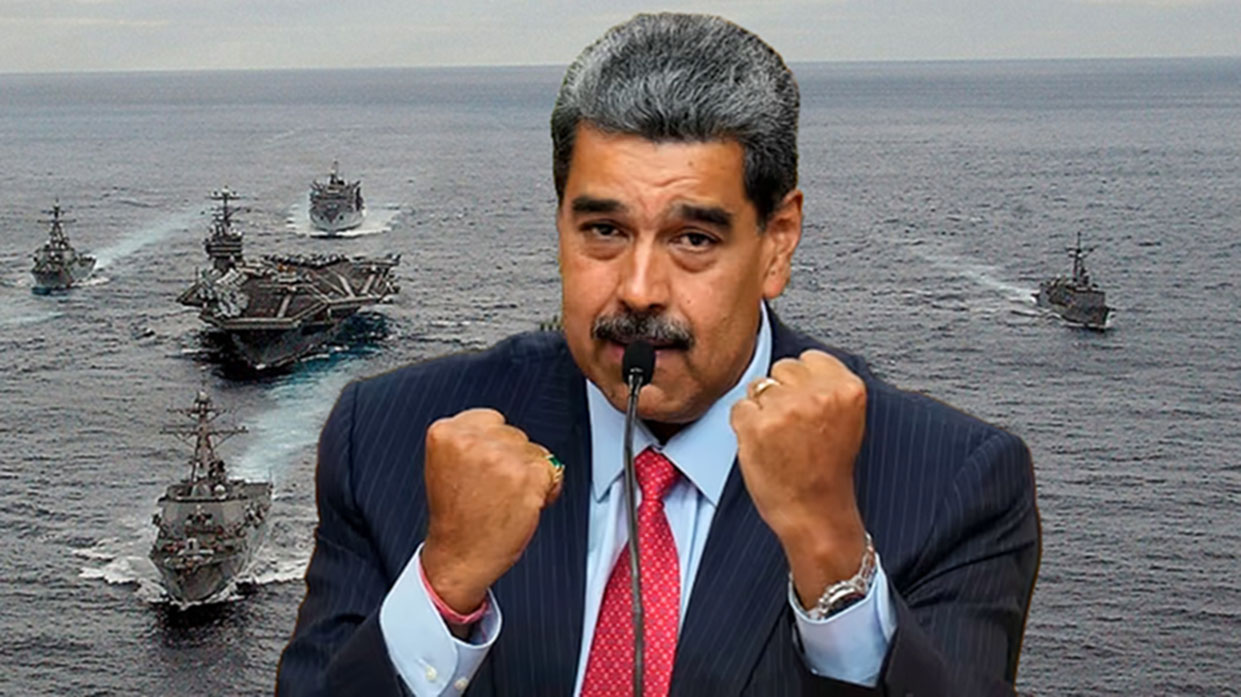It’s in your pocket, on your desk, in your car, and even in the earbuds you’re wearing right now. Rare earth elements power the display on your phone, the processor in your laptop, the speakers in your smart TV, the guidance in your car’s navigation system, the image in your digital camera, the motor in your electric vehicle, and the wind turbine on the horizon. They’re not truly rare, but China has become the single dominant player in the business of mining, refining, and selling them to the world. Now Australia, long a supplier of raw ore, is vying for credibility and market share in this high-stakes, high-margin industry, a key player.
It begins with a magnet. Or rather, with a hundred million of them, whirring in electric vehicles, guiding precision missiles, and driving the turbines of offshore wind farms. Most are made in China, from rare earths mined, refined, and priced under Beijing’s watchful eye
Beijing’s Playbook: Leverage, Law, and the Long Game
China’s grip on rare earths is deliberate. It controls roughly 90 percent of global processing and magnet production, built through subsidies, industrial consolidation, and relentless focus on mid-stream processing—the step where the profits (and power) lie.
That dominance turns into leverage. In recent years, China has tightened export licensing on gallium, germanium, and graphite, before adding rare-earth products and magnets to the list in 2025. Each restriction sends markets into a spin and reminds the world who sets the price.
Beyond economics, China’s new Coast Guard law allows foreign crews to be detained for up to 60 days in “waters under China’s jurisdiction,” a broad definition that has already sparked skirmishes in the South China Sea and raised insurance costs along vital shipping lanes.
Canberra’s Response: Slow, But Sharpening
Relations have thawed since China’s 2020 trade bans on Australian wine, barley, and seafood, but minerals policy has moved in the opposite direction: diversify, build domestic processing, and scrutinize Chinese investment.
Flagship moves include:
- Eneabba Refinery (WA): Iluka Resources’ A$1.25 billion project, funded through a long-term government loan, marks Australia’s first integrated rare-earths hub.
- Price Floor Proposal: Resources Minister Madeleine King has floated government-backed price guarantees to counter market manipulation and attract investment.
- Ownership Scrutiny: Forced sell-downs of Chinese stakes in Northern Minerals and even lawsuits against non-compliant investors show Canberra is willing to enforce the rules.
Still, legacy ties linger. The Darwin Port, leased to a Chinese company in 2015, survived a 2023 review but is now in the slow process of being unwound.
Narrative One: “Build the Chain, Whatever It Costs”
Full supply-chain independence is within reach, say its advocates. With U.S., EU, and Japanese funding in motion, Australia could anchor a secure, non-China network by the late 2020s. Price floors and government offtake would keep projects bankable, reducing China’s 90 percent chokehold on processing and magnets. The cost would be higher prices, but the strategic payoff could be insulation from Beijing’s coercion.
Narrative Two: “Managed Dependence Is the Pragmatic Path”
Others argue the reality is simpler: China’s scale and efficiency are unmatched. Full decoupling would be ruinously expensive. If maritime tensions stay contained, cautious engagement may be wiser—accepting that some processing and magnets will still come from China while building just enough alternative capacity to survive short-term shocks.
Where Things Stand — August 2025
- China: Still the dominant processor and magnet maker; using export rules and maritime pressure as strategic tools.
- Australia: Major projects underway, price-floor plan under consideration, tighter investment screening, and a symbolic port lease being unwound.
- Allies: The U.S. aims for a mine-to-magnet chain by 2027; Japan and the EU are securing joint procurement and magnet capacity.
The Road Ahead
Three possible paths in the next two years:
- Price-Floor Era: Canberra locks in guarantees; projects hit final investment; ex-China supply steadies.
- Crisis Premium: South China Sea flare-up triggers tighter Chinese controls and a scramble for alternative supply.
- Soft Re-Coupling: Tensions ease, budgets tighten, and China’s magnet flows regain their pull.
Australia is walking a narrow ridge between ambition and reality. Whether it steps toward independence or slides back into dependence may hinge less on geology than on the speed of its political will.
Further Reading
- Will Canada Surrender or Stand Firm? – How trade wars reshape alliances.
- Global Reset: The Trumpian World Order Post-2024 – Geopolitics and economic leverage in a changing world.
- Israel / Palestine War – Who’s Right? – Regional rivalries with global consequences.



[…] years of war have shown that bombs rarely lead to peace—but sometimes, they dictate the terms. Putin’s assault on Kyiv can be read as […]
That’s an interesting view. Unfortunately, with war on your doorsteps, a country needs to act decisively.